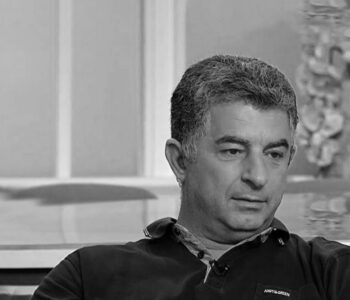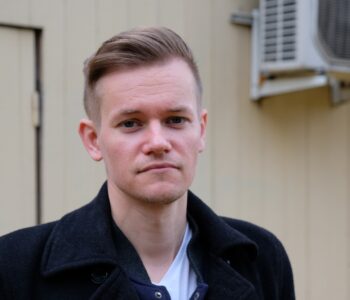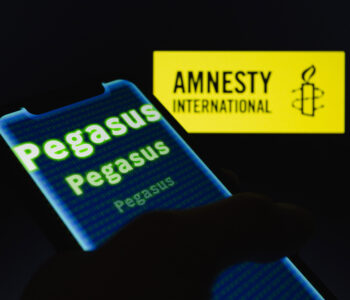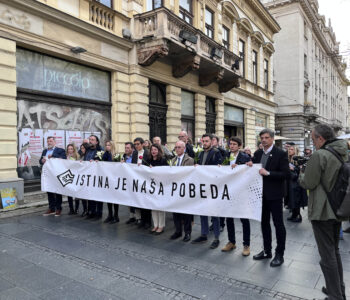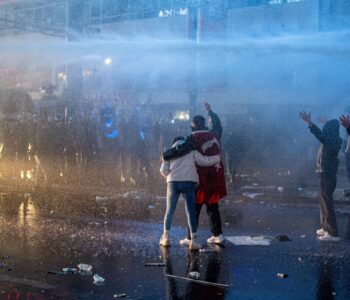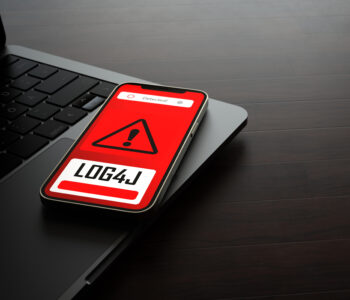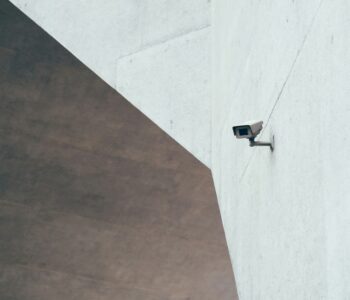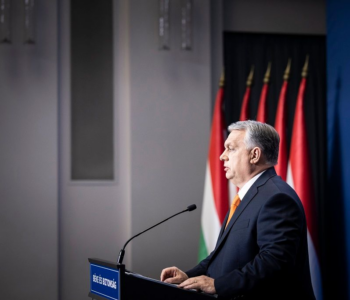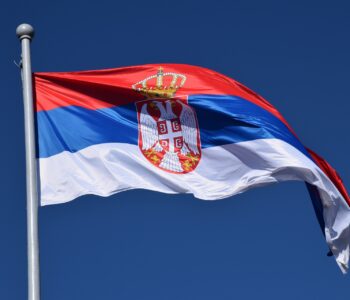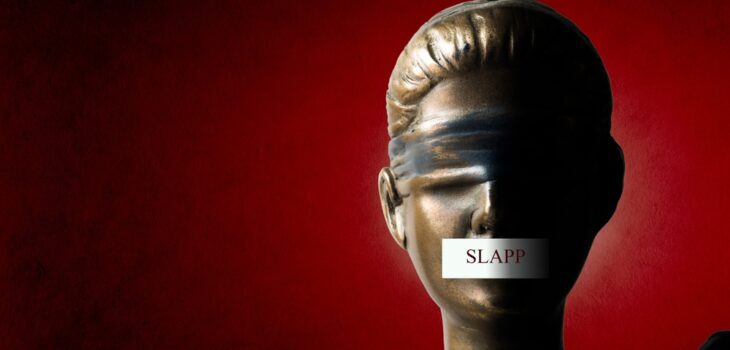
Over a thousand lawsuits filed between 2016 and 2023 against journalists and media outlets, nearly half of which are SLAPPs, or strategic lawsuits against public participation. These are frivolous lawsuits that aim to silence freedom of expression.
Between 2016 and 2023, 1,333 lawsuits were filed against journalists and media in Croatia, approximately 40% of which with at least one characteristic of the so-called SLAPPs, or “strategic lawsuits against public participation”, which are lawsuits filed with the sole purpose of intimidating and silencing the press (and which in Croatia can be either criminal or civil in nature). This is revealed in a study conducted by the Croatian Association of Journalists (HND) and the Center for Democracy and Law “Miko Tripalo” (CMT) and presented on September 30.
Defining SLAPPs
“We had to define what a SLAPP is, because in Croatia there is still no real [legal] definition. These are harmful legal proceedings, often brought by public and powerful people whose goal is to prevent the media and other civil society organisations from reporting on decisions of public interest”, explained Ivana Zeljko of the CMT . In Croatian law, there is no concept of SLAPP, and for this reason the research, co-financed by the British organisation Justice for Journalists Foundation (JFJ), was based on the definition used by the Coalition Against SLAPPs in Europe (CASE), the European Commission and the Council of Europe.
The definition – as stated on the CASE website – is simple: “It is a vexatious legal action brought by a private individual with the aim of silencing critical speech. The more difficult question is how to identify this vexatious purpose”. There are several elements to pay attention to in this case: “The damages sought are unusually aggressive or disproportionate”, “the plaintiff engages in procedural maneuvers aimed at increasing costs”, or “the arguments put forward are without legal or factual basis”. A SLAPP should not be confused with a legitimate defamation suit, in which, for example, the publication of a retraction is requested. In the Croatian case, 40% of the cases studied in the study have at least some of the SLAPP characteristics listed above, and 20% have two or more.
“This research refutes the statement by the Ministry of Culture and Media that there are 30 SLAPP cases [in Croatia]”, said HND President Hrvoje Zovko. There are, on the contrary, several hundred SLAPPs in the country.
Who uses SLAPPs
“The very high value of the disputes is important. The average compensation requested is 9,300 Euros, while the average compensation paid is 3,200. The problem is the long duration of the court proceedings, on average 4.3 years, as well as the inconsistency of judicial practice. Some judges, in case the correction is published even before the trial, consider that the damage has been compensated”, said Ivana Zeljko of the Miko Tripalo Center. Another important factor is the presence of “serial plaintiffs and recurring plaintiffs”, who file similar lawsuits against media outlets seeking the same amounts. The aim is precisely to weaken the newspapers by imposing high legal costs.
In the debate organised by the HND on the occasion of the presentation of the study, some colleagues testified several cases of serial plaintiffs. “Milijan Brkić has filed 50 lawsuits for moral damages for about ten published texts”, reported 24Sata journalist Ivan Pandžić, referring to the former HDZ MP and former vice-president of Sabor. Pandžić also sued former Petrinja mayor Darinko Dumbović, “and not only him – the reporter added – his son is also suing me for the same article, as it is his son’s company”.
The “serial plaintiffs” include politicians and businessmen, but also judges – a sad Croatian exception . In 2022, the case of journalist Davorka Blažević, who was sentenced to pay 40,000 kuna (about 5,300 Euros) to judge Senka Klarić Baranović for “offending her honour and reputation”, had caused the HND to react . The text for which Blažević was convicted in 2015 was a “portrait of the week” published by Tris portal and “contained already known facts”.
“This harassment of journalists – there is no other way to call it – and the demand for huge compensation for insults to honour and reputation is shameful”, HND president Hrvoje Zovko commented at the time. Davorka Blažević ended up paying an amount eight times more than her monthly salary and the judge initially asked for much more.
Another “serial complainant” judge is Zvonko Vrban, president of the regional court in Osijek, who has repeatedly filed complaints against the Telegram portal, its editor-in-chief Jelena Valentić and journalist Drago Hedl. At the regional court in Zadar, judge Ivan Marković has filed 26 complaints against journalists and media, demanding compensation for 400,000 kuna (about 53,000 Euros) from Hanza Media alone for criticising his ruling in the case of rape of a minor.
Pressure on the press
According to Neven Mates of the Miko Tripalo Center, the success rate of SLAPPs in Croatia is less than 10% in criminal cases and 20% in civil cases. “However, if the real motivation of the lawsuit is to put pressure on the press, then that result is not important, because if for four years you face the risk of conviction or compensation, it will definitely affect the way you write”, Mates said, adding that the Croatian judiciary “does not handle SLAPPs well”.
“Judges”, journalist Ivan Pandžić said during the meeting at HND, “do not understand the work of journalists. Some people are not interested in what happened after the publication of the text, for example if it turned out that we were right, but only in what the text was based on”, Pandžić said. To resolve this situation, judges specialised in SLAPPs and able to recognise them would be needed. However, in Croatia, on the contrary, we are witnessing the practice of judges using SLAPPs to silence criticism of them. And SLAPPs are just the tip of the iceberg.
A study published by the Croatian NGO Gong, conducted by journalist and media expert Đurđica Klancir on the basis of a questionnaire to which 23 journalists and editors-in-chief of various media outlets responded anonymously, notes that the majority of those involved (15 out of 23 journalists) have been subjected to some form of pressure in the past two years. In this context, SLAPPs are only “the most important and most visible processes”, while “the more subtle mechanisms that concern the relationship of politics and politicians with editorial offices and those concerning the relationship between editorial offices and their respective journalists have not been studied in depth so far”.
Giovanni Vale Zagreb

